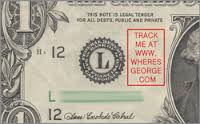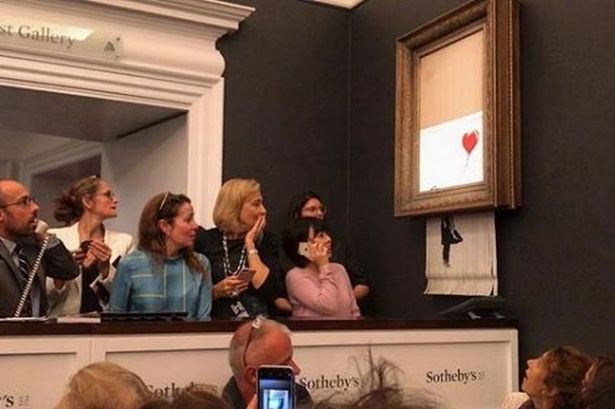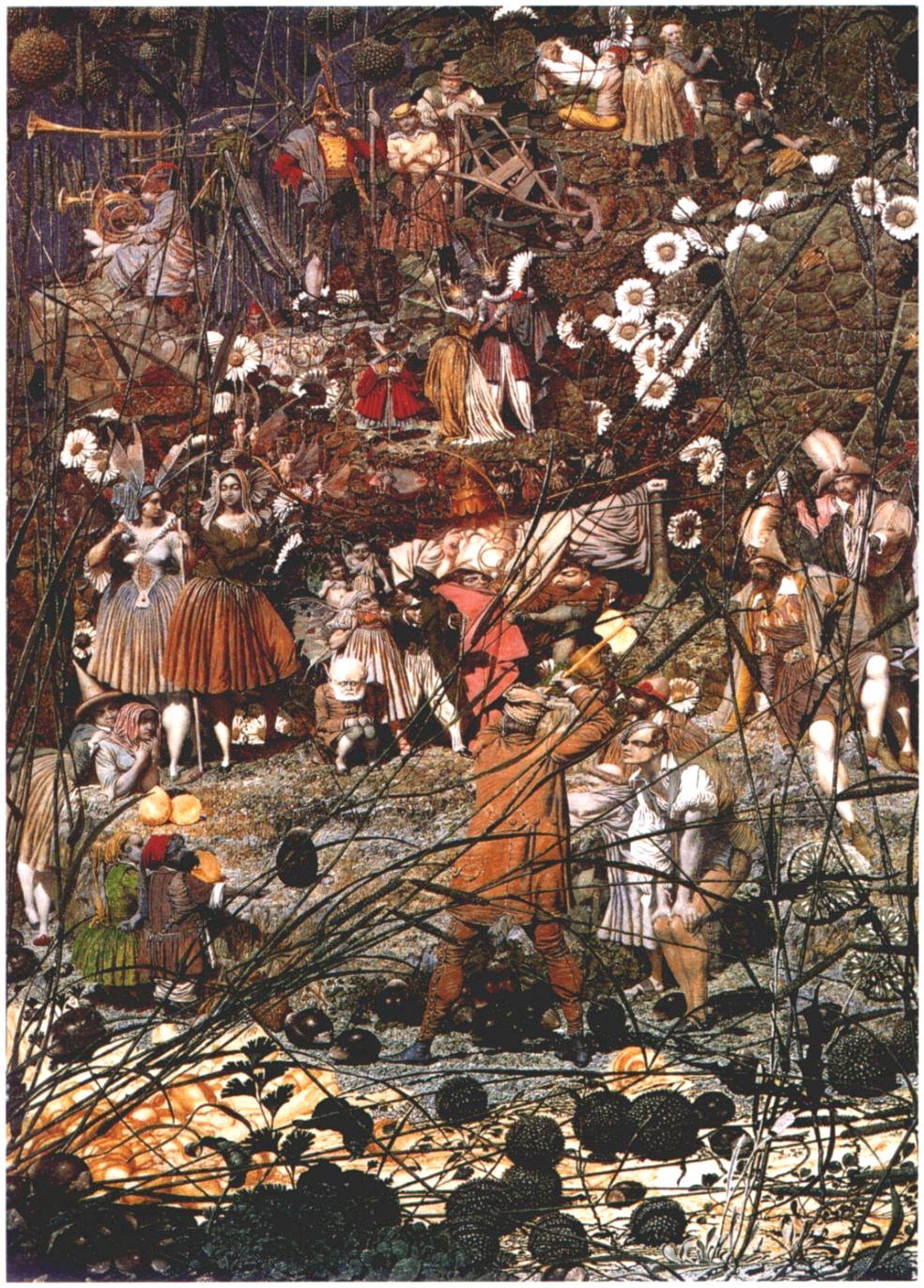
In the art market, secrecy is often practiced to protect the privacy of the buyer and/or seller, and to add a sense of mystique to what otherwise is crass commerce. However, this manner of trade has been a point which can be used to promote criminal activities such as money laundering. When an individual sells a property, for instance, a house, there is a trail of paperwork detailing the current owner of the house, the previous owner, the buyer as well as disclosing the amount of sale. However, in the art market, these procedures are not followed making it difficult to trace the transaction involving a piece of art. According to experts in the financial transaction, the art market provides an ideal playing ground for money laundering activities since there is no transparency on either where the money is coming from or even going. This has been a long kept tradition in the art trade by dealers, agents, and the auction houses.
The debate concerning the use of art market as an avenue for money laundering activities has intensified with the leaked documents known as the Panama papers which details how various people use corporate veils to dodge taxes, conceal ownership of property or even promote criminal activities. Just like the Panama papers issue, the art markets through the agents and auction houses can be used to advance illegal criminal activities. Experts are therefore advising the agents and the auction houses to devise ways of dealing with secrecy in the art trade in efforts to combat the money laundering activities.
In illustrating the point that the art market is a ripe ground for money laundering and other criminal activities, consider a civil lawsuit which the US government authorities accused their Malaysian counterparts of converting billions on money embezzled from state coffers into investments such as real estates and arts. The officials from the Malaysian government purchased masterworks such as those done by Rothko, Van Gogh, Basquiat among other famous artists. Further, a Cayman Island company which is connected to one of the officials took a loan to the tune of $107 million in 2014 and used some of the artworks as collaterals. According to the US authorities, these activities went unnoticed due to the secrecy in the art market which does not rely on keeping the financial records.
There is yet another dispute that can illustrate that even the auction houses do not know the owners of the pieces of arts they are selling. In one case, an art collector accused an auction house Sotheby’s of selling his painting by Henri Toulouse-Lautrec for $16 million without having to verify who the owner was. In this case, the dealer brought the art to the auction house, signed the standard papers authorizing the sale and was given the proceeds after purchase. The real owner was later found to a trust controlled by a Russian billionaire who acknowledged the fact that he had authorized his agent to proceed with selling the art. However, he accused Sotheby’s of failing to check the real owner before turning over the money. This example shows how it is easy to make money from the sale of art since the dealers and the auction houses are only interested in the standard procedures without a piece of art’s ownership confirmation.
An explanation to the actions of the auction houses in failing to dig into the real ownership of the arts can be due to the fact that they depend on the fees they earn from brokering sale of the art, so they trust and value agents who bring them lots of money without questioning where they get such pieces of art. For the case of Sotheby’s other customers who have brought them millions of dollars include the Malaysian government officials who brought more than $200 million in 2013 alone. It is crucial to note that these same officials were the same ones accused by the US authorities in a civil suit for money laundering and other illegal activities. It can be accurate therefore to conclude that the art market is a haven for lots of criminal activities.
The artwork market is further a suitable vehicle for money laundering activities due to their ability to be easily transferred and stored quietly probably in some basement or even an offshore tax evasion haven. The value of artwork is also boosted by unforeseen circumstances such fads or even changes in individual tastes and preferences unlike the real estate or any other property where price fluctuation are uncertain. Further, the problem of anonymity of the buyers and sellers is a great hindrance in establishing the authenticity of the art.
The issue of the arts market as a potential hub for criminal activities is real and existing in this trade. However, not all the stakeholders would wish for the regulation of this market. In fact many arts agents, dealers and auction houses believe that eliminating the issue of anonymity would only damage the dame and invade the privacy of the sellers. In backing their claims, they argue that some sellers are only families looking a way out of debts without public embarrassment. Some of the sellers are museums which are seeking to quietly dispose some of the arts from their collection without drawing the attention of the public and creating a fuss. In all these arguments it is critical to consider both sides before the regulations of the art market can take effect in a manner that will benefit everyone.







